U.S. Economy Pulling Away From Rest of the World
As more Americans find jobs, they're willing to spend, priming the economy. Lower fuel and food prices are helping, too.

The U.S. economy, having found its footing in 2014, will gain momentum in 2015, even as Europe struggles to stay out of recession, Japan remains sluggish and growth in emerging economies slows. Kiplinger expects the economy to grow 3% or better in 2015. That’s the best annual growth rate since 2005, and up from expected growth of 2.2% in 2014. Worldwide, economic growth is expected to average 3.2% in 2015.
Cylinders are firing in the U.S. Monthly job gains averaged 227,000 through the third quarter of 2014, and the economy will add jobs at about the same monthly rate in 2015, says global economic forecasting and analysis firm IHS. Unemployment could sink to 5.5% by the end of 2015. Wages will tick up in coming months, with more midsize and small businesses saying they expect to boost pay for employees by 3% or greater.
Bigger paychecks are just more good news for U.S. families. The average household debt-to-income ratio is the lowest since 2002. And falling food and gas prices are leaving more money in our pockets, cash that can boost consumer spending overall, which in turn accounts for 68% of the U.S. economy—setting up a virtuous circle of growth. Businesses will do their part, increasing spending on plants and equipment by an average of about 7%, up from 5% in 2014. “We’re in a boomlet here in the U.S.,” says Bob Baur, chief global economist for Principal Global Investors.

Sign up for Kiplinger’s Free E-Newsletters
Profit and prosper with the best of expert advice on investing, taxes, retirement, personal finance and more - straight to your e-mail.
Profit and prosper with the best of expert advice - straight to your e-mail.
A stronger dollar is a net positive for U.S. growth, Baur believes. It’s bad news for U.S. multinational companies, because foreign earnings translate into fewer dollars (for more, see Stock Market Outlook for 2015)
Kiplinger sees consumer prices rising at a 1.9% rate in 2015. Muted inflation gives the Federal Reserve Board breathing room when it comes to raising interest rates. “The Fed has a long runway,” says Steve Wood, chief market strategist for Russell Investments. “It won’t be forced to do anything it doesn’t want to do.”
Short-term rates might not rise at all until the second half of the year, and then only modestly. By year-end, the federal funds rate (the rate that the Fed charges banks for overnight loans) should be near 0.75%, up from essentially zero. Watch out for rising variable-loan rates on home-equity loans and credit cards; rates on certificates of deposit and savings accounts will creep higher, too. If inflation expectations stay low, increases in long-term rates will be subdued. The 10-year Treasury bond should reach 3.2% in 2015, up from an expected 2.5% at the end of 2014.
Mortgage rates will edge higher, with 30-year fixed-rate loans averaging about 4.7% by year-end. Home prices should move up gradually in 2015, supported in part by a backlog of young adults eager to get out of their parents’ basements. Maybe 2015 will be the year they finally launch (see Housing Outlook, 2015).
Get Kiplinger Today newsletter — free
Profit and prosper with the best of Kiplinger's advice on investing, taxes, retirement, personal finance and much more. Delivered daily. Enter your email in the box and click Sign Me Up.

Anne Kates Smith brings Wall Street to Main Street, with decades of experience covering investments and personal finance for real people trying to navigate fast-changing markets, preserve financial security or plan for the future. She oversees the magazine's investing coverage, authors Kiplinger’s biannual stock-market outlooks and writes the "Your Mind and Your Money" column, a take on behavioral finance and how investors can get out of their own way. Smith began her journalism career as a writer and columnist for USA Today. Prior to joining Kiplinger, she was a senior editor at U.S. News & World Report and a contributing columnist for TheStreet. Smith is a graduate of St. John's College in Annapolis, Md., the third-oldest college in America.
-
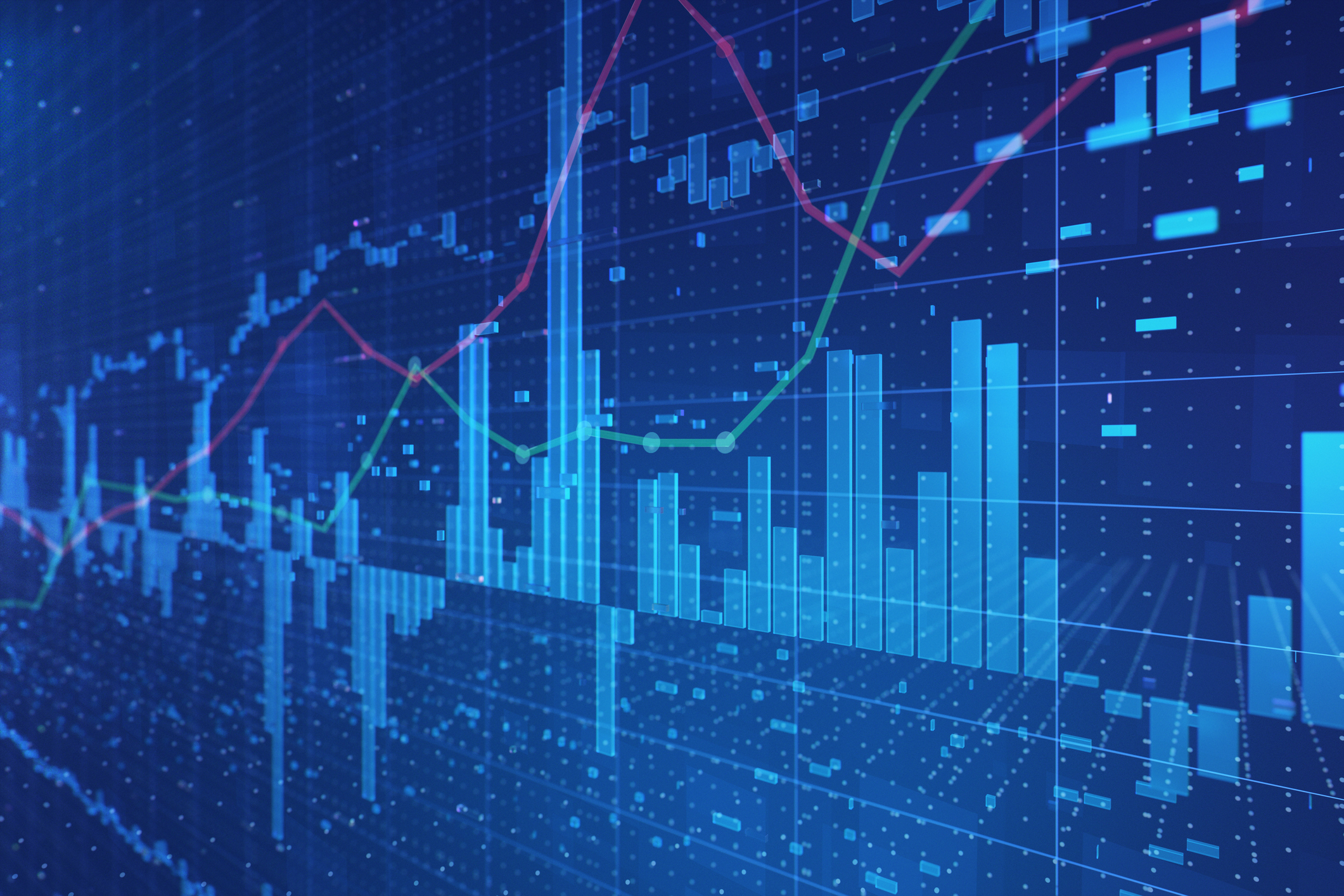 Stock Market Today: Stocks Gain on Tech, Auto Tariff Talk
Stock Market Today: Stocks Gain on Tech, Auto Tariff TalkThe Trump administration said late Friday that it will temporarily halt tariffs on some Chinese tech imports.
By Karee Venema
-
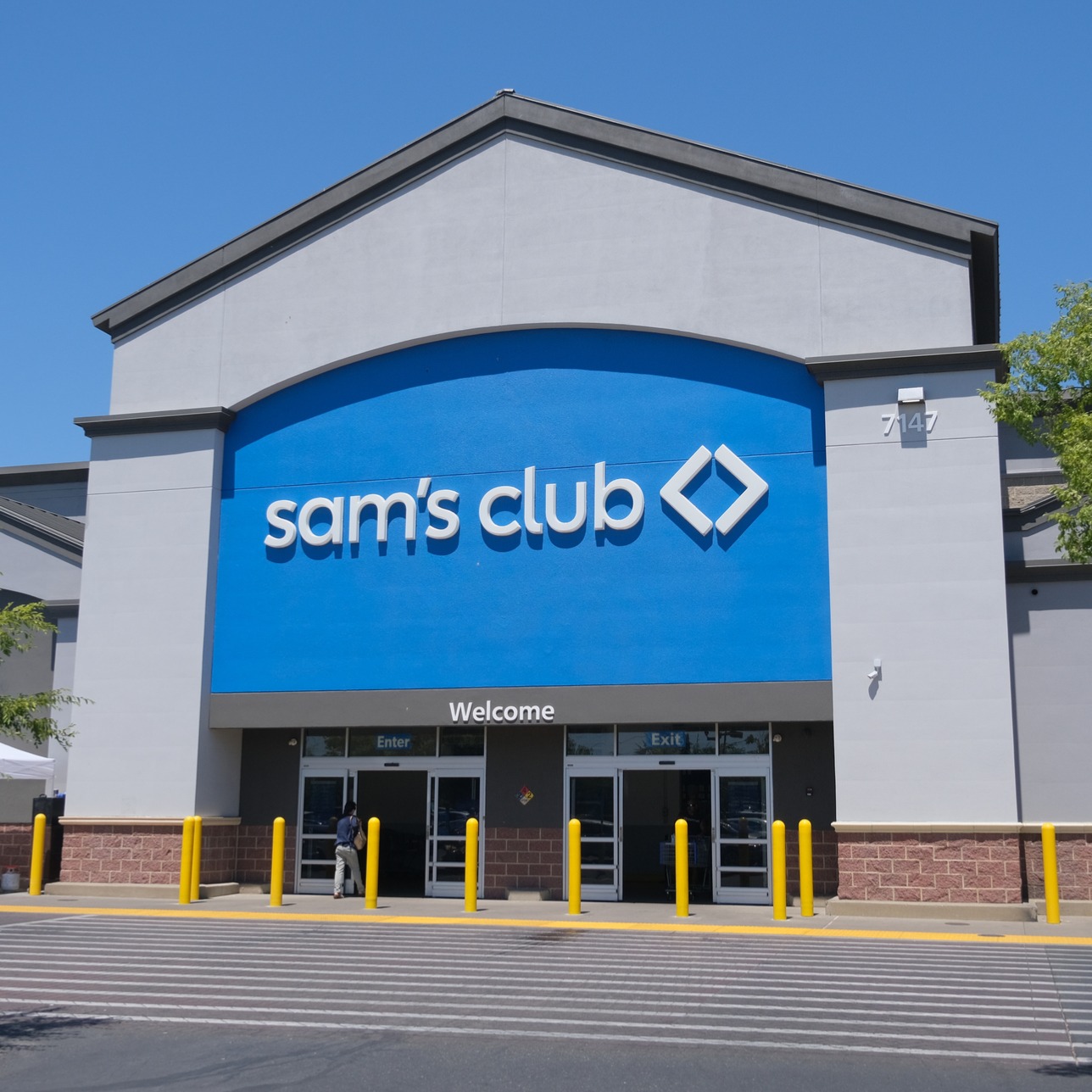 Sam's Club Plans Aggressive Expansion: Discover Its New Locations
Sam's Club Plans Aggressive Expansion: Discover Its New LocationsSam's Club expansion plans will open up to 15 new stores each year. Learn where they plan to open in 2025.
By Sean Jackson
-
 What DOGE is Doing Now
What DOGE is Doing NowThe Kiplinger Letter As Musk's DOGE pursues its ambitious agenda, uncertainty and legal challenges are mounting — causing frustration for Trump.
By Matthew Housiaux
-
 A Move Away From Free Trade
A Move Away From Free TradeThe Letter President Trump says long-term gain will be worth short-term pain, but the pain could be significant this year.
By David Payne
-
 Trump’s Whirlwind Month of Crypto Moves
Trump’s Whirlwind Month of Crypto MovesThe Kiplinger Letter The Trump administration wants to strengthen U.S. leadership in the cryptocurrency industry by providing regulatory clarity.
By Rodrigo Sermeño
-
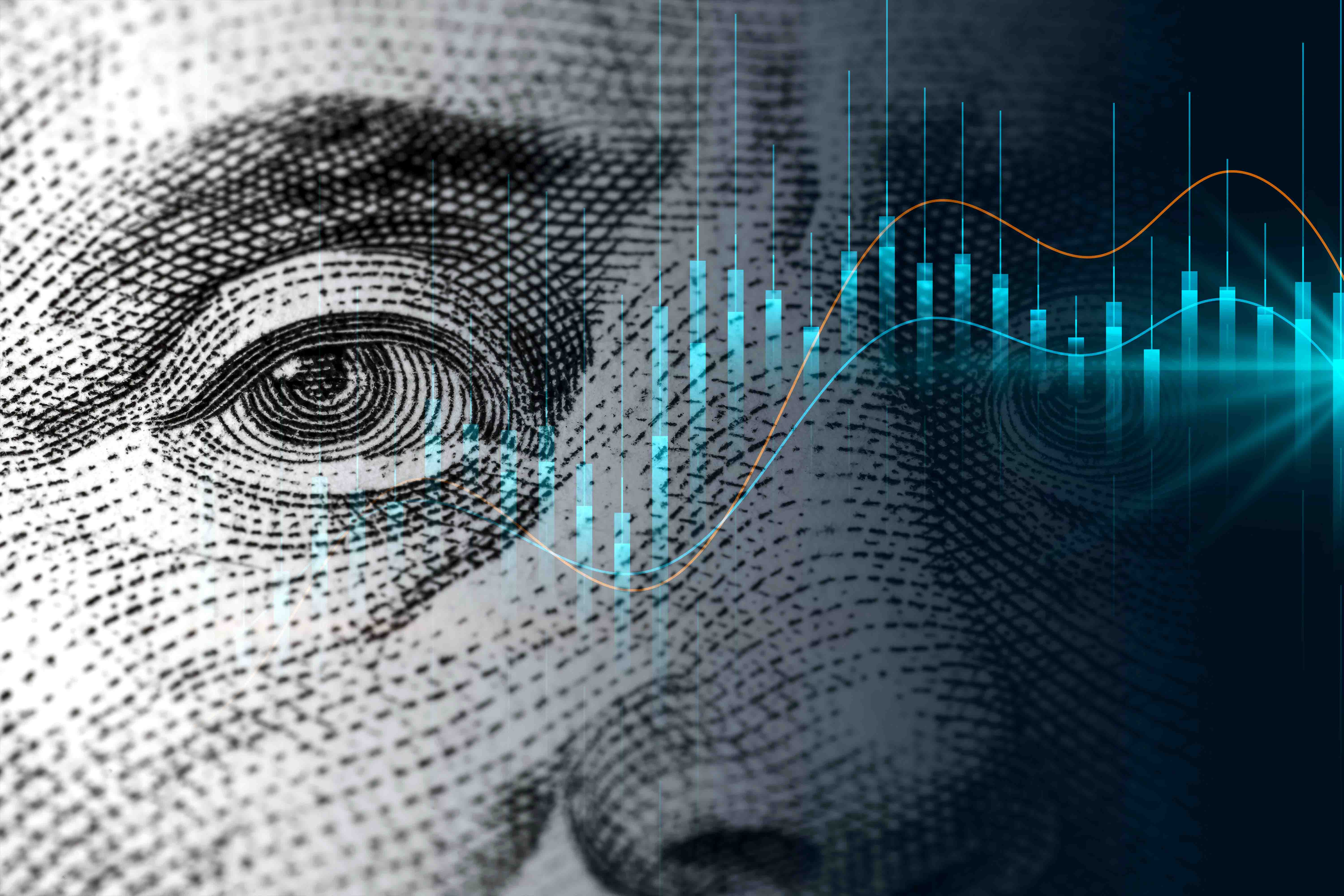 What Could Derail the Economy This Year?
What Could Derail the Economy This Year?The Letter While the outlook for the U.S. economy is mostly favorable, there are plenty of risks that bear watching.
By David Payne
-
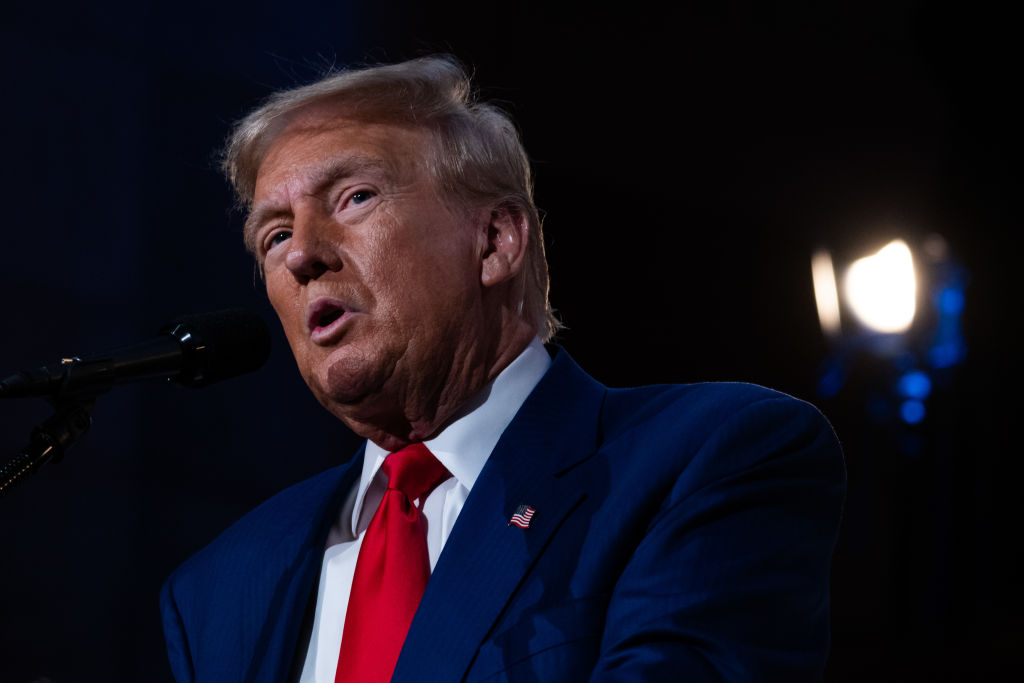 Three Ways President Trump Could Impact the Economy
Three Ways President Trump Could Impact the EconomyThe Letter Some of Trump's top priorities could boost economic growth, but others risk fueling inflation.
By David Payne
-
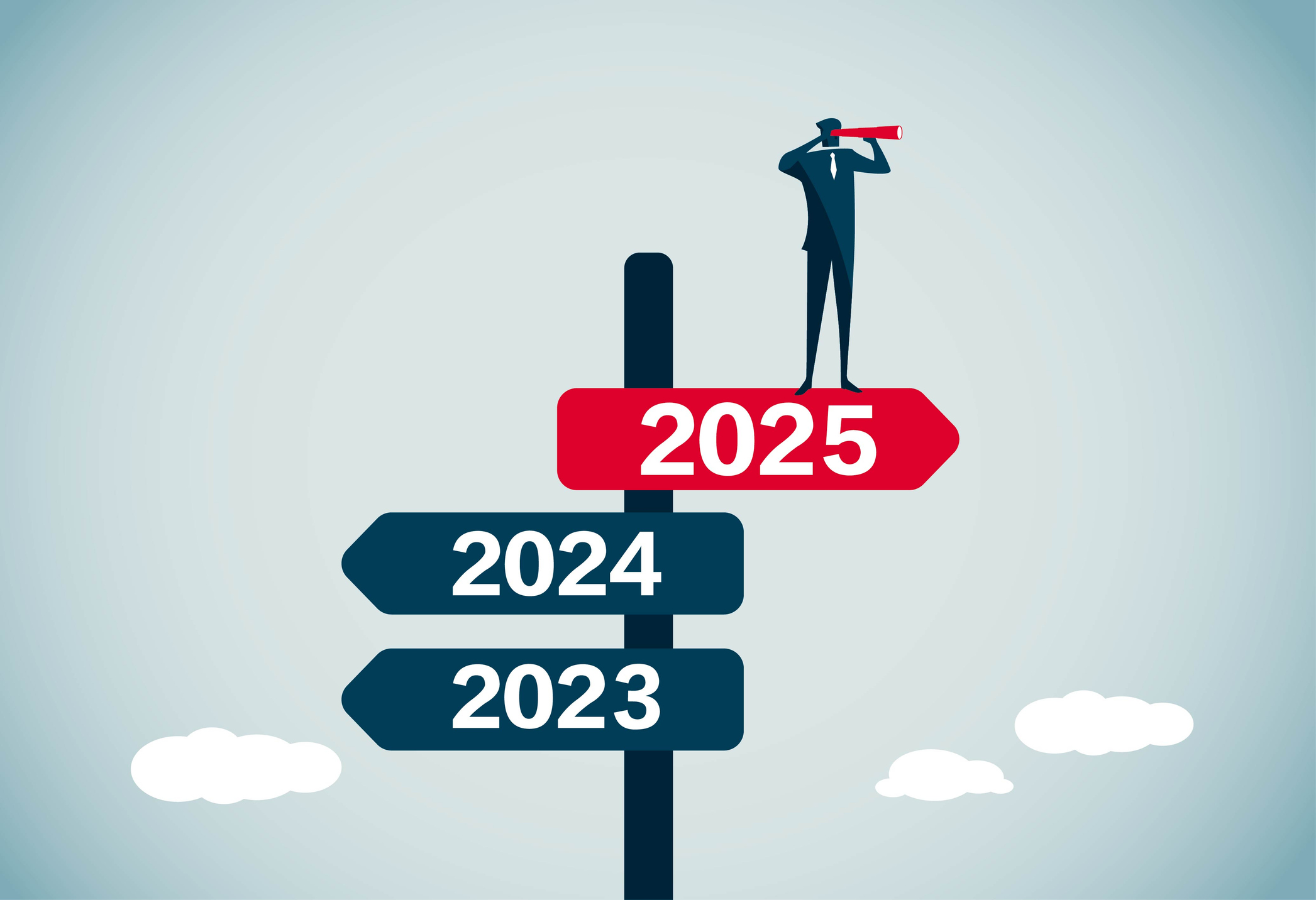 10 Predictions for 2025 from The Kiplinger Letter
10 Predictions for 2025 from The Kiplinger LetterThe Kiplinger Letter As 2025 arrives, here are our top 10 forecasts for the new year.
By Letter Editors
-
 Europe Faces Economic and Political Headwinds Next Year
Europe Faces Economic and Political Headwinds Next YearThe Letter Challenges for Europe: Potential tariffs, high energy prices and more competition from China will weigh on the bloc in 2025.
By Rodrigo Sermeño
-
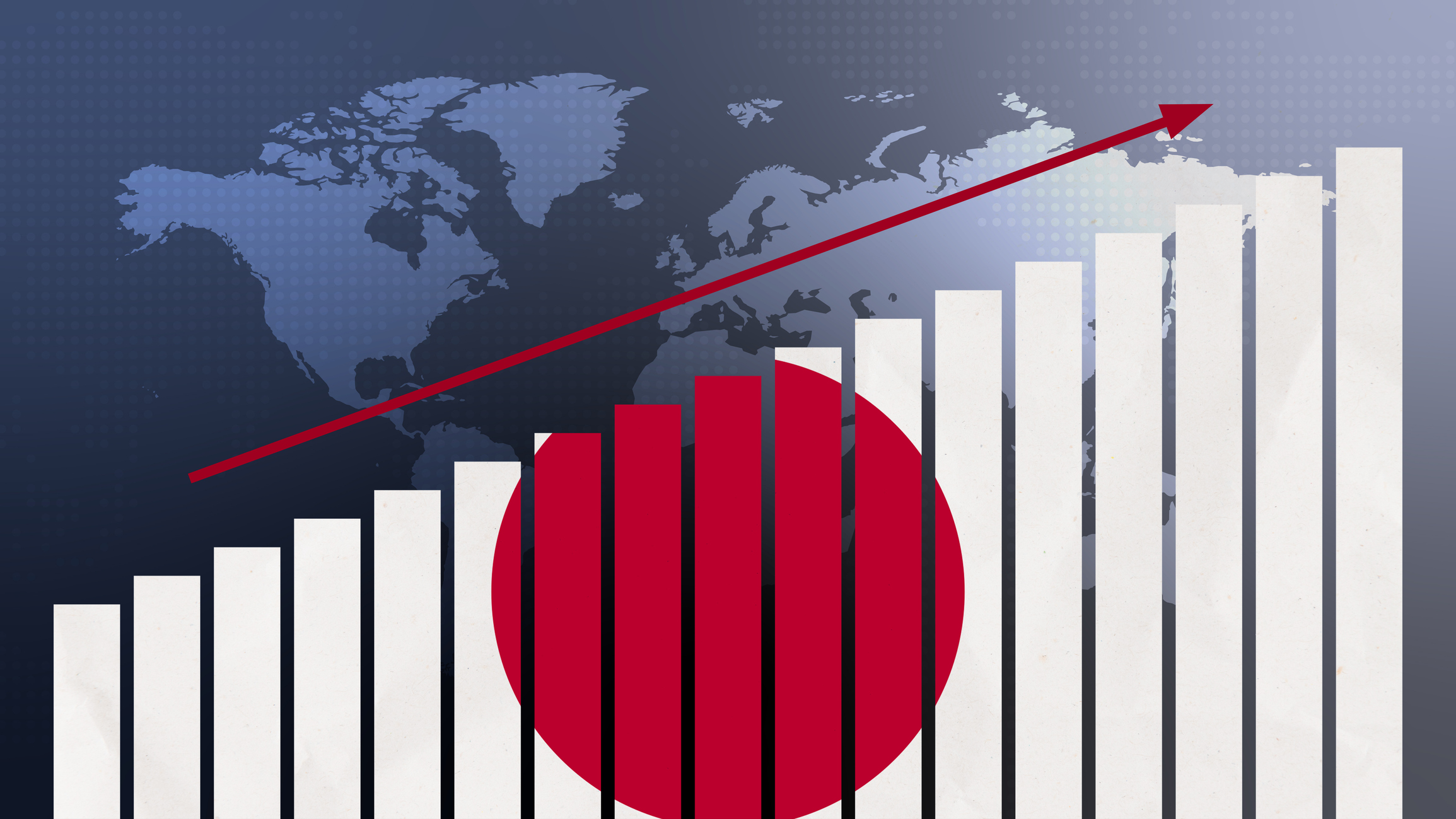 Don't Sleep on Japan's Economic Transformation
Don't Sleep on Japan's Economic TransformationThe Letter After almost three lost decades, Japan — one of the world's biggest economies — is finally showing signs of life.
By Rodrigo Sermeño